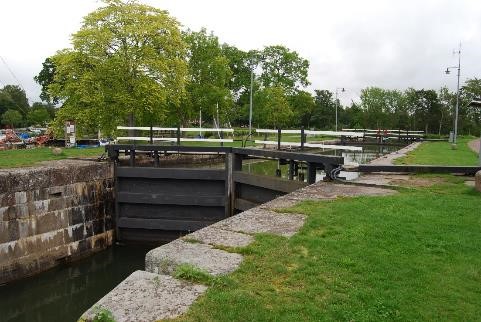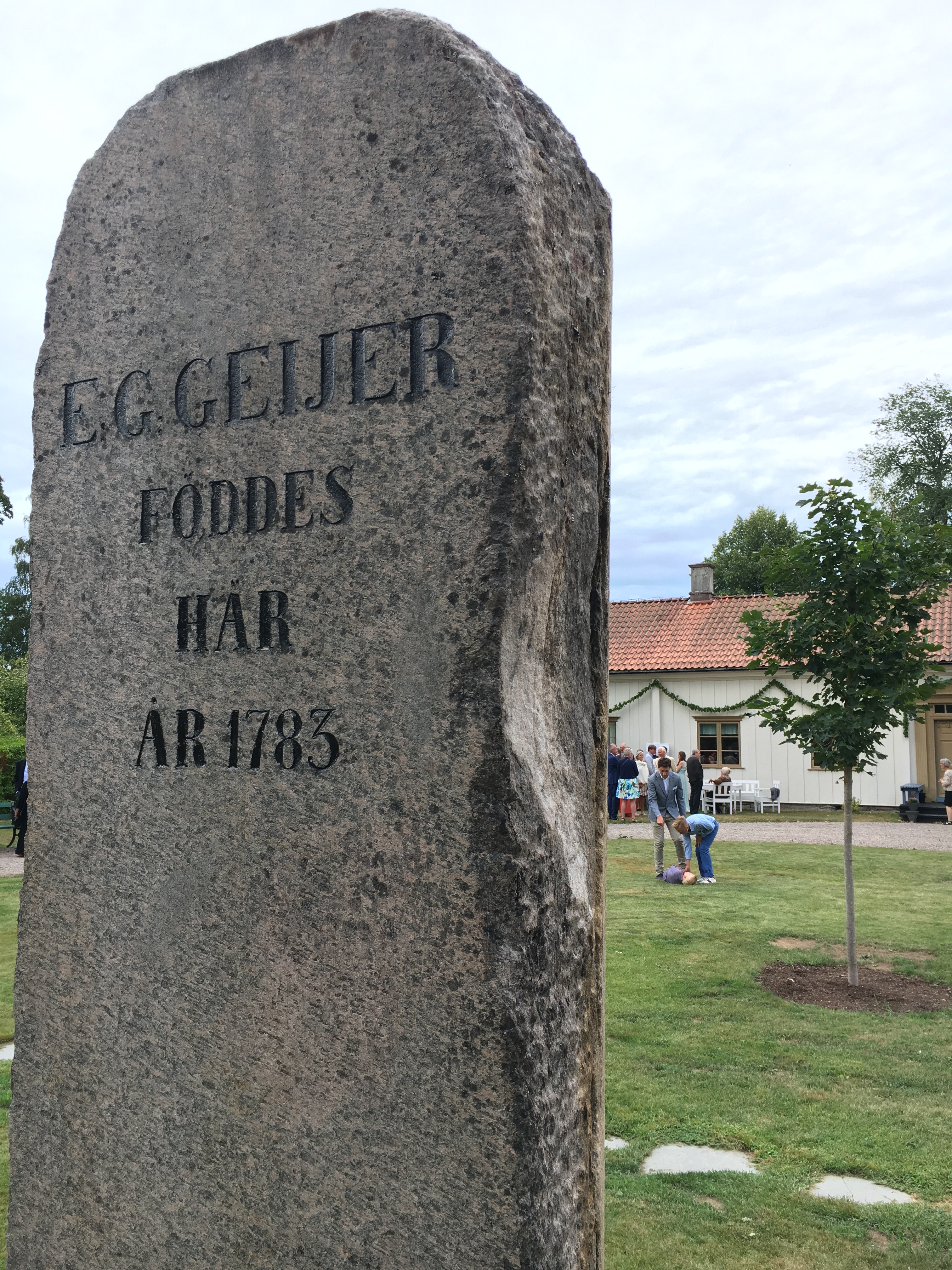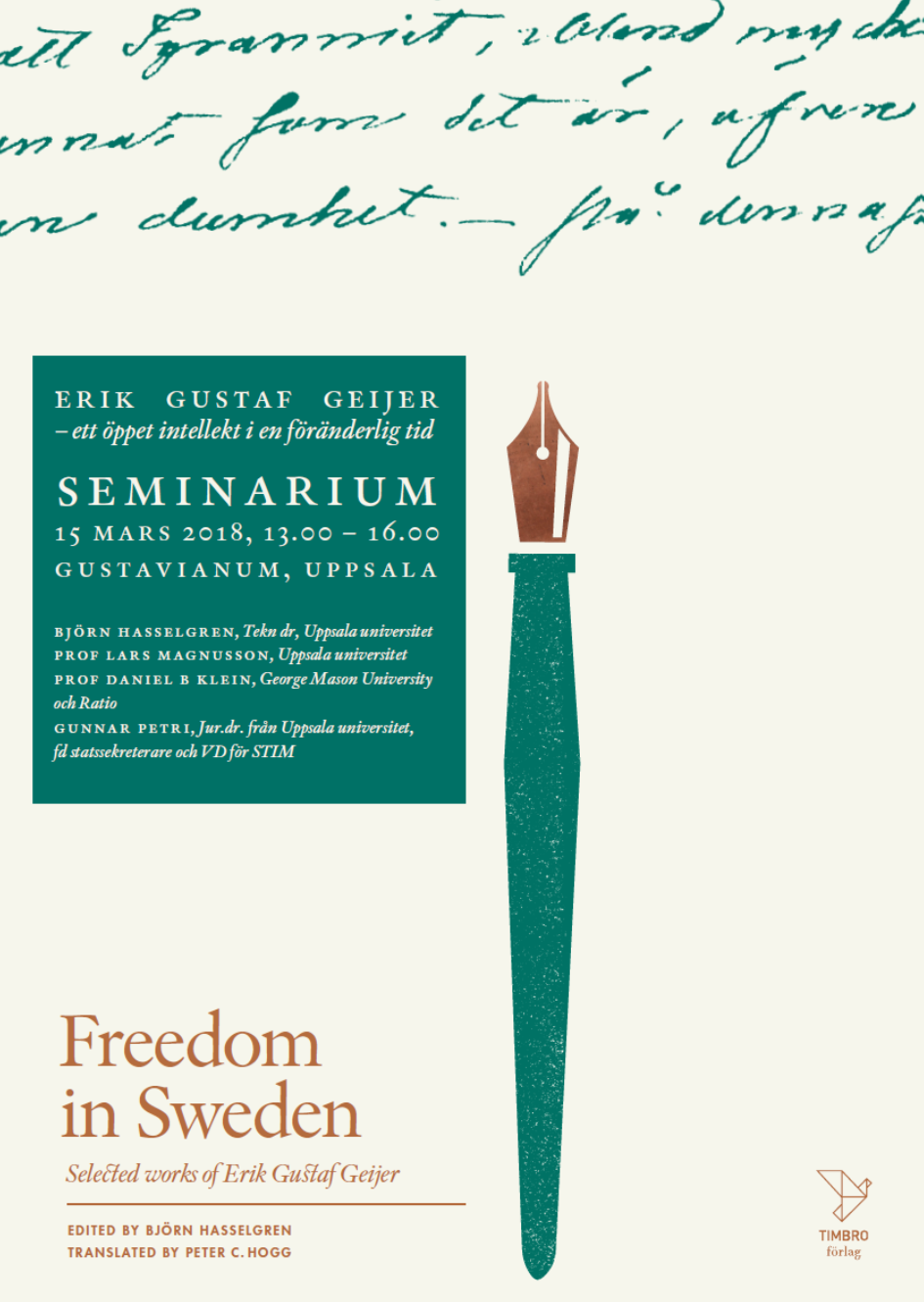(Publicerad på Di-debatt 2019-11-30)
Erik Gustaf Geijer ägnade sin gärning åt hur det svenska skulle gestaltas i en tid av omvälvningar och vikande framtidstro. Han sin tids främsta konservativa ”influenser” innan han insåg att det var genom att omfamna utvecklingen som framsteg nås, skriver Björn Hasselgren, aktuell med boken ”Frihet och framsteg – Erik Gustaf Geijer i urval”, på Timbro Förlag.

Erik Gustaf Geijer ägnade sin gärning åt hur det svenska skulle gestaltas i en tid av omvälvningar och vikande framtidstro. Han sin tids främsta konservativa ”influenser” innan han insåg att det var genom att omfamna utvecklingen som framsteg nås, skriver Björn Hasselgren, aktuell med boken ”Frihet och framsteg – Erik Gustaf Geijer i urval”.
Sverigebilden utmanas återkommande i vår historia. Just nu känner många att det som ”är” Sverige håller på att gå förlorat. Mycket verkar osäkert. Kulturen, identiteten, välfärden och friheten tycks vara ifrågasatta som aldrig förr. Tekniken ger framsteg men tycks också hota samhällets stabilitet.
Men det är en felaktig syn. Sverigebilden har varit utsatt för utmaningar förr och självförtroendet har vacklat tidigare. Men Sverige har återvunnit stabiliteten.
En av dem som ägnade nästan hela sitt verksamma liv åt frågan om Sveriges frihet och framsteg var Erik Gustaf Geijer (1783–1847). Med ett ursprung från oansenlig by i det inre av Värmland, ännu i dag en avkrok, kom Geijer att få en betydelse i det offentliga Sverige som få tidigare och senare.
I sin person och gärning förenade han flera till synes oförenliga ståndpunkter. Upplysningsfilosof, nationalist, konservativ och marknadsliberal med socialt patos. Skald och tonsättare. Rapp rapportör från samtidens England, Tyskland, Frankrike och Belgien. Beundrare av brittiskt samhällsliv, intagen av tysk idealistisk filosofi. Demokrat och kungavän. Alltid med skarp analys.
Hur det svenska skulle gestaltas i en tid av snabb omvandling och utmaningar var Geijers främsta ämne. Han prövade återkommande dessa frågor i sina skrifter, föreläsningar och som politisk aktör i tidens stela ståndsriksdag.
Att historien för Sveriges del var nära förknippad med spelet mellan en självägande och fri bondebefolkning och en överhet representerad av kungamakt och adel var något som Geijer ofta återkom till i sin samhällsanalys.
Hur kollektiven och individen samspelade var något som ständigt utsattes för hans ingående prövning. Hur skulle historia och traditioner kunna leva sida vid sida med den alltmer utbredda liberalismen och individernas enskilda uttryck, sammanfattade i Geijers ”personlighetsprincip”?
En avgörande frågeställning var om det var möjligt att se positivt på Sveriges och individernas framtid. Geijers tid, liksom vår egen, präglades utan tvekan av närmast oöverstigliga utmaningar och prövningar.
Skulle Sverige som nation över huvud taget överleva efter förlusten av Finland 1809? Skulle en någorlunda stabil samhällsordning kunna etableras i en tid som drev självägande bönder till att bli ofria arbetare i städernas råa industrikultur utan skyddsnät? Skulle friheten för medborgarna kunna värnas eller en förtryckande överhet lämna folkflertalet i sticket?
Geijer vacklar dock aldrig i sin grundanalys. Det är genom att följa utvecklingen och genom att utnyttja de fördelar som den nya tiden bär med sig som frihet och framsteg för Sverige kan uppnås. Det går inte att hemfalla till en reaktionär konservatism.
Geijer hade prövat också denna väg. Inspirerad av tysk hegeliansk filosofi och brukspatriarkala ideal från järnbruken i hembygden försökte Geijer en tid finna en fortsatt balans i tillvaron genom att slå vakt om de gamla stånden i samhället och i riksstyrelsen. Han blev en period dåtidens främsta konservativa ”influenser”.
Men det var inte hållbart. Han insåg det successivt i takt med att han tog del av framstegen i de industrialiserande länderna. Och den politiska analysen av möjligheterna i en demokratiserad samhällsstruktur som USA, som Alexis de Tocqueville så effektivt beskrev, tog Geijer vidare.
I en klassisk artikel från 1838 bryter så Geijers nya samhällsanalys fram med kraft. De gamla stela samhällsanalyserna går inte längre att förlika med den nyare tidens krav. Nu gäller det i stället att se till den nya tiden. Individuell utbildning till flertalet är det viktiga och att inse att medelklassen är den nya kraft som kommer att bära upp samhället framöver.
Så blir Geijer sista tio levnadsår en enda utdragen analys av hur den nya tidens krav ska kunna förenas med behovet av stabilitet och förnuft.
Att bejaka den nya tekniken är en väsentlig del i denna analys. De nya maskinerna och produktionsmöjligheterna kommer inte att leda till utarmning och fattigdom, tvärtom, de kommer att leda till frigörelse och välstånd. Handeln för till oss inte bara varor som vi behöver och vill ha, utan också nya idéer och inspiration.
Kommunikation och transporter är viktiga delar i moderniseringsprogrammet för Geijer. Han besöker bygget av Göta Kanal och berömmer det viktiga och utmanande projektet med sin potential att förnya och förstärka den svenska nationen och ekonomin.
Sommaren 1846, hans sista, reser han med sin familj i Europa, med tåg, och ser Paris och Bryssel. Han inspireras och övertygas om liberalismens och industrialismens fördelar.
Genom att ta till oss Erik Gustaf Geijers samhällsanalys får vi en nyckel till förståelse för hur Sverige blev det Sverige vi har i dag – en liberal demokrati och marknadsekonomi – och vilken avgörande betydelse detta haft för enskildas frigörelse.
Geijers texter tar oss med på en myllrande bildad resa som är utmanande men berikande. Det bestående intrycket är ett framtidshopp. Ha tilltro till individernas förmåga att forma sina liv efter egen förmåga, med den inneboende viljan att bidra till gemensamma värden. Var öppen för omvärlden och nya intryck. Ta initiativ för framtiden, men glöm inte historien.

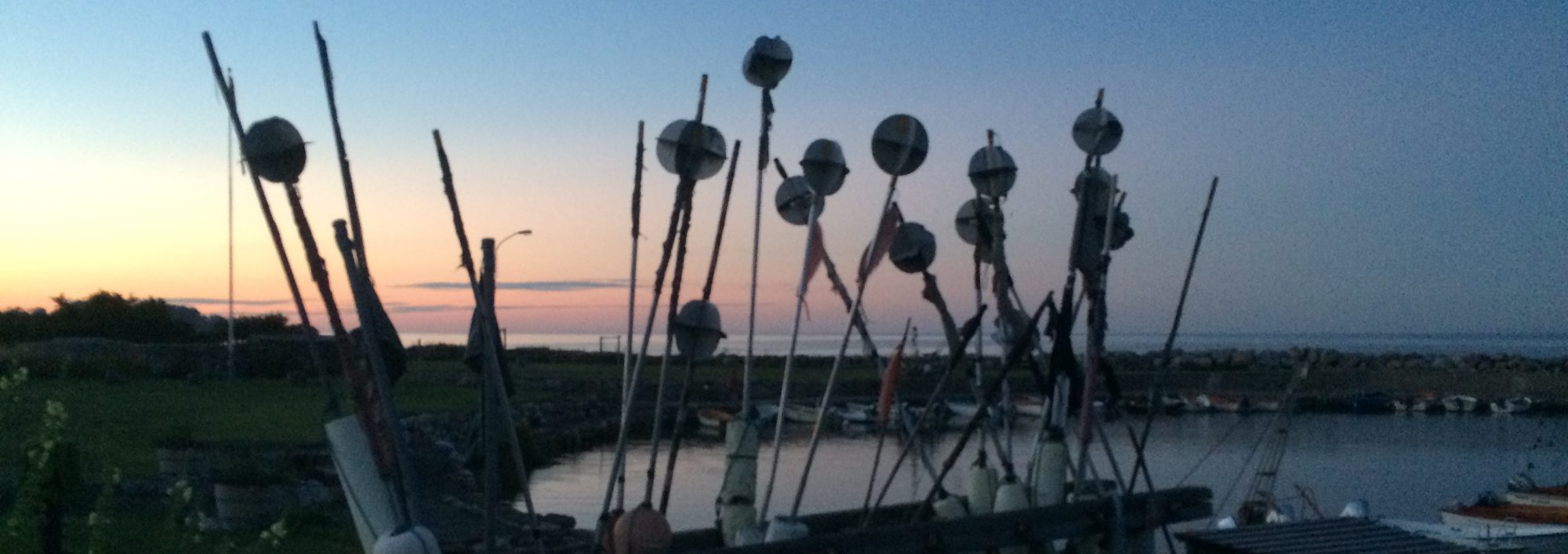








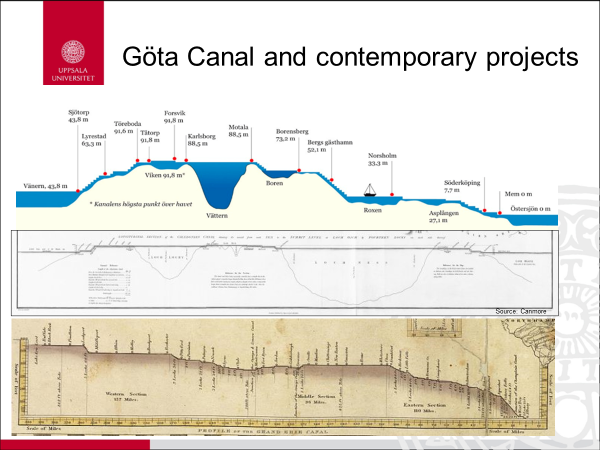
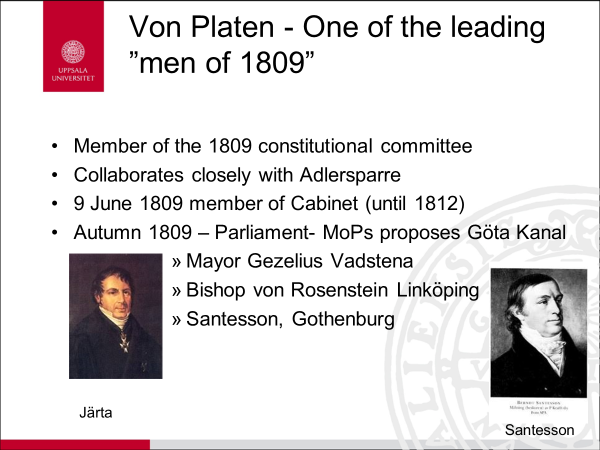 Baltzar von Platen, the leading person in the Göta Kanal-project, was indeed well-connected, both to the pre 1809 regime and in the new liberal constitutional monarchy from 1809. Von Platen had close contacts to the leading men of the 1809 revolution and, as a member of the Nobility, had the opportunity to become placed in the constitutional committee of the new Parliament. Von Platen was in close cooperation with one of the revolution’s most active players, Georg Adlersparre and also linked to Hans Järta, the first finance-minister in the new regime and with Santesson, who would become one of the main share holders of Göta Kanal.
Baltzar von Platen, the leading person in the Göta Kanal-project, was indeed well-connected, both to the pre 1809 regime and in the new liberal constitutional monarchy from 1809. Von Platen had close contacts to the leading men of the 1809 revolution and, as a member of the Nobility, had the opportunity to become placed in the constitutional committee of the new Parliament. Von Platen was in close cooperation with one of the revolution’s most active players, Georg Adlersparre and also linked to Hans Järta, the first finance-minister in the new regime and with Santesson, who would become one of the main share holders of Göta Kanal.

